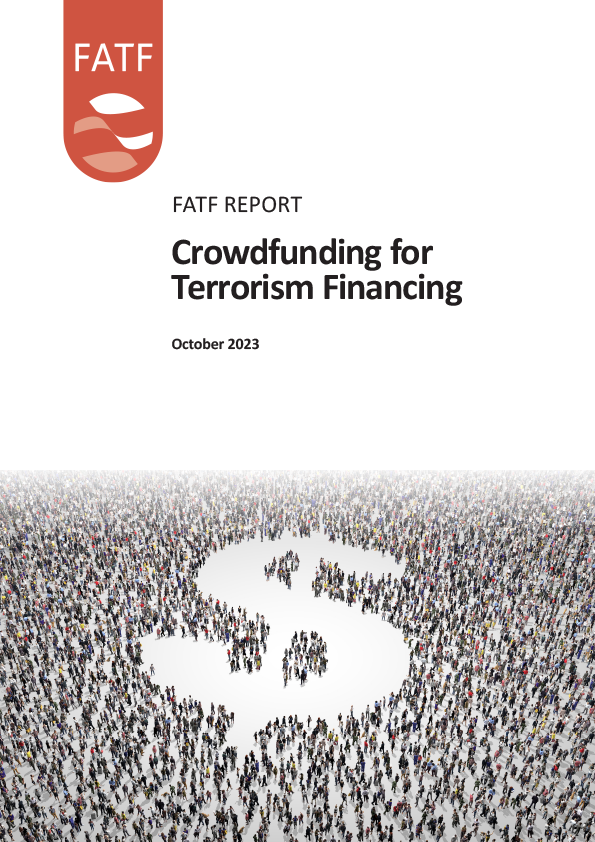Financial Action Task Force (FATF) releases report on Crowdfunding for Terrorism Financing (TF)
Crowdfunding is a very useful way to reach a large audience to raise money for a charitable cause, to fund a start-up, or finance a creative project. Crowdfunding is a growing and evolving sector, with a significant international market. In 2022, there were over 6 million crowdfunding campaigns around the world.
The vast majority of crowdfunding activity is legitimate, but events around the world have demonstrated that it can also be exploited for illegal purposes.

This FATF report analyses
- How terrorists misuse crowdfunding platforms.
- The report, which draws on experiences from the FATF Global Network, industry experts, academia and civil society examines the challenges faced in detecting and preventing terrorist financing through the crowdfunding ecosphere.
Challenges include
- the complexity of crowdfunding operations,
- the use of anonymising techniques, and
- lack of training and terrorist financing expertise within the crowdfunding industry to detect suspicious activity.
MAIN METHODS OF CROWDFUNDING FOR TERRORISM FINANCING
- There are four main methods that terrorists and violent extremists use to raise funds through crowdfunding.
- Abuse of humanitarian, charitable and non-profit causes which can act as a front to raise funds for terrorism.
- Dedicated crowdfunding platforms or websites which, given the volume and variety of activity, makes it difficult to detect illicit activity.
- Social media platforms and messaging apps to allow extremists to amplify their messages and lead users to specific fundraising causes.
- Interaction of crowdfunding with virtual assets, including the use of privacy coins and anonymity enhancing services such as tumblers and mixers.
Most crowdfunding is legitimate. Unfortunately, crowdfunding, and in particular donations-based crowdfunding is also being misused to raise funds to finance terrorism. The most common indicators of such terrorist financing are:
- Crowdfunding campaign lacks information about the purpose, goals and ultimate beneficiaries of the campaign, or is fundraising for a vague cause e.g., children in conflict zones.
- Project description includes links to websites or social media pages with hateful rhetoric or symbolism, or praise a terrorist or violent extremist organisation.
- Campaign encourages donors to provide funds across different platforms or provides instructions on how to fragment the payments.
- Campaign is run by individuals or groups who are not affiliated with the charity or organisation that the funds are purported to benefit.
- Crowdfunding platform used hosts or enables other projects related to terrorism or violent extremism, or doesn’t explicitly prohibit this type of content in their terms of service.
- Crowdfunding campaign is taking place in geographic zones where terrorist organisations are known to operate or with links to conflict zones.
